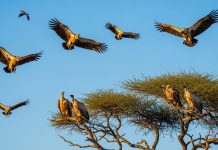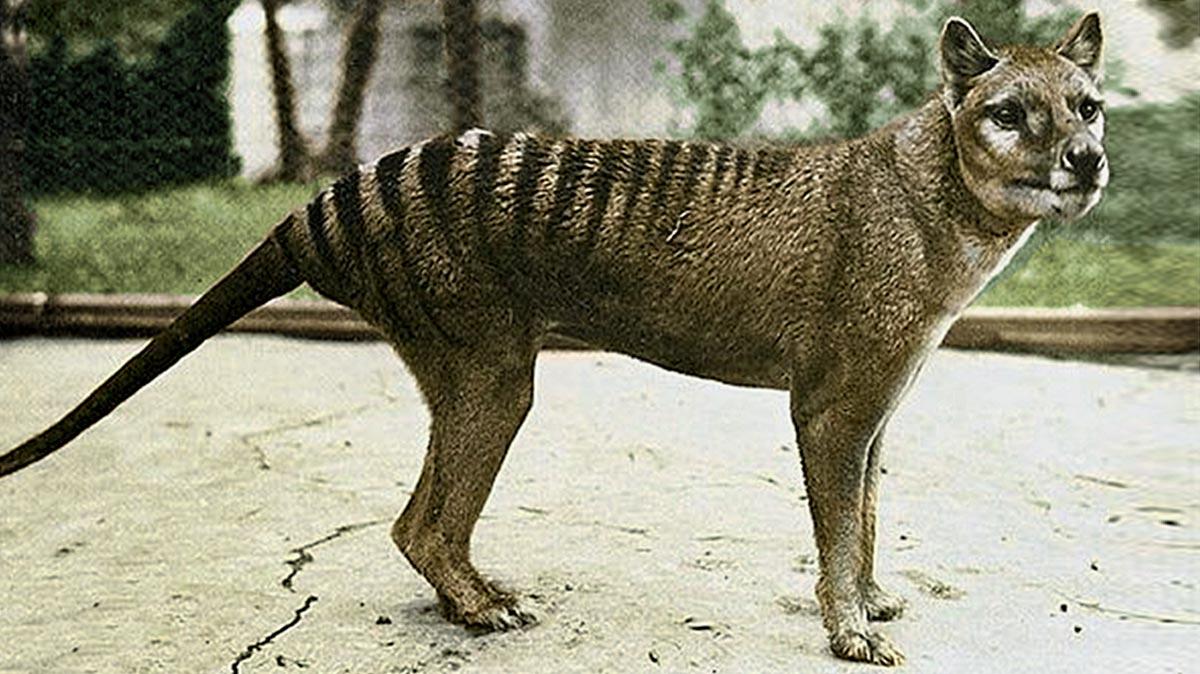Every year on September 7th, Australia marks National Threatened Species Day, a day to reflect on the growing challenges faced by the country’s unique flora and fauna. This day was first declared in 1996, in memory of the Tasmanian tiger’s (Thylacinus cynocephalus) tragic extinction. The last known Tasmanian tiger died at Hobart Zoo on this day in 1936, symbolising the fragility of our biodiversity.
Why National Threatened Species Day Matters
Australia is home to over 500,000 species of animals and plants, many of which exist nowhere else in the world. However, the country is currently facing an alarming extinction crisis. In the past 200 years, more than 100 native species have vanished, with nearly 2,000 more plant and animal species now listed as threatened.
National Threatened Species Day is a critical reminder of the importance of biodiversity for the health of ecosystems. When species disappear, they are gone forever, leaving gaps in the natural world that impact not just the environment, but human life as well. From the iconic koala to the tiny pygmy possum, Australia’s wildlife is irreplaceable, and protecting these species ensures the continued balance and diversity of our ecosystems.
The Threats Facing Australian Wildlife
Today, habitat destruction is the leading cause of species endangerment. As land is cleared for agriculture, mining, and urban development, more animals are left without safe habitats. Bushfires, particularly those fueled by climate change, such as the devastating 2019-2020 fires, continue to threaten countless species. Additionally, invasive species, including feral cats and foxes, wreak havoc on native wildlife, preying on vulnerable animals.
According to Australia’s 2022 State of the Environment Report, habitat loss and degradation threaten nearly 70% of the nation’s endangered species. Ongoing destruction is particularly dangerous for the 556 species on the national threatened fauna list and the 1,402 species on the threatened flora list.
Celebrating Conservation Efforts
National Threatened Species Day is not only a day of reflection but also a celebration of the ongoing work to protect Australia’s unique ecosystems. Conservationists, researchers, and community volunteers are at the forefront of restoring habitats and saving species from the brink of extinction.
WWF-Australia, in collaboration with other organisations, has achieved remarkable successes in rewilding species and restoring habitats, such as bringing the brush-tailed bettong back to South Australia’s Yorke Peninsula. Thanks to these efforts, species like the silver-headed antechinus have survived against the odds. However, the work is far from over—since 2022, 163 more species have been added to the threatened list.
What You Can Do
Everyone can play a role in protecting threatened species. Here are a few ways to get involved:
- Donate to wildlife conservation organizations such as WWF-Australia or The Nature Conservancy.
- Create an animal-friendly backyard by planting native species and providing safe habitats for wildlife.
- Raise awareness by sharing information about National Threatened Species Day with friends and family.
- Volunteer for conservation projects that work to protect local wildlife.
National Threatened Species Day is a powerful reminder of the responsibility we share to safeguard the future of Australia’s unique wildlife. By taking action today, we can ensure that the fates of species like the Tasmanian tiger are not repeated. Let’s come together to protect the plants and animals that make Australia one of the most biodiverse places on Earth.

















